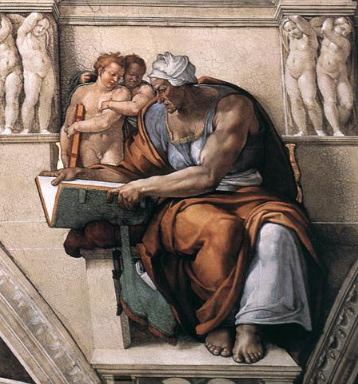 I've been thinking lately about the main lessons I've learnt over the past year or so of my studies. There aren't any shortcuts to successful drawing but there are certain learning points which repetition and the making of mistakes have brought home to me. Here are my top ten tips for students of academic drawing. 1. The drawing comes first. Always, always, always. No matter what type of finish you're aiming for, whether loose or highly polished - the final piece will only ever be as strong as the accuracy of the shapes and proportions laid down in the early stages. Subtle and accurate values and transitions will not save a drawing that contains inaccurate placements of planes and masses. Get them right. 2. Be specific. The closest I've got to a magic formula is this: to make it look "just like it" you simply have to make it look just like it. Not much magic in that, sadly! It's remarkably easy to forget to check your shapes and to get lazy with your observations. Look at your subject: if there's something on it that isn't on your drawing then put it on your drawing. Conversely, look at your drawing: if there's something on it that doesn't belong there - take it out. Don't be satisfied with putting a patch of tone that's approximately the right value and shape with nearly the right edge-quality. Be deliberate and get it right. 3. Never leave an obvious error on your work. Ever. If you can see something that's wrong, fix it straight away. It will not get any easier to make adjustments the further on you go. 4. Modelling is a subtle business. In a three dimensional object under natural or artificial light, no one area of value will be the same as any other adjacent area. To make the object "turn" you need to take account of all of these subtle variations in value and keep them in the right relationship to one another. 5. Finish it properly - starting right now. It's all too tempting to recognise that there are weaknesses in a drawing but excuse this by saying you'll do it right on the next one. At some stage you're going to have to push a piece to the strongest finish you can manage. It won't be any easier to do that on your next drawing so you may as well make it this one. 6. Keep your tools sharp. Whenever you need a rest, get out your sharpening block. The overall finish of your piece depends upon keeping a fine point. Sharp tools will save hours of painstaking dot-picking later in the drawing. 7. Beware of simultaneous contrast. Simultaneous contrast is the tendency of a value to induce its opposite value upon an adjacent area and be mutually affected in return. Basically it looks like this:
8. Only the highlights will be just paper - every other area will require some degree of tone, however slight.
9. Keep your lines straight (or slightly convex) and look for angle breaks. Particularly in figure drawing, there are very few concave lines and even S-curves are best used sparingly. Lines tend to be shorter around the smaller, bony forms. 10. Use as many different viewing methods as you can. Anything you can do to simplify or conceptualise shapes, values and transitions is going to help. My armoury of viewing methods includes the clear and 'black' mirror, comparative measurements using a skewer or knitting needle, squinting and defocusing my eyes, isolating patches of value by looking through a 'tunnel' between my hands, flicking my eyes rapidly back and forth between the subject and the drawing so that errors jump out and searching for (and naming) specific shapes (this exercise is a bit like finding animals and faces in the clouds and it's really helpful). Of course, there are innumerable other lessons I've learnt (usually the hard way!) but these ten are probably the ones that have been hammered home the most. To this list I would actually add a number 11: Be absolutely honest with yourself. Are you really looking? Can you possibly do anything to make your drawing any more specific? Are you sure you're not just going a bit too easy on yourself?! Do you have any other pearls of wisdom that you always try to keep in mind? Drop me a line here and let me know - and I'll share the best.
0 Comments
Leave a Reply. |
Ben Laughton SmithContemporary works of art in the classical tradition. Archives
March 2021
Categories |
Proudly powered by Weebly

 RSS Feed
RSS Feed